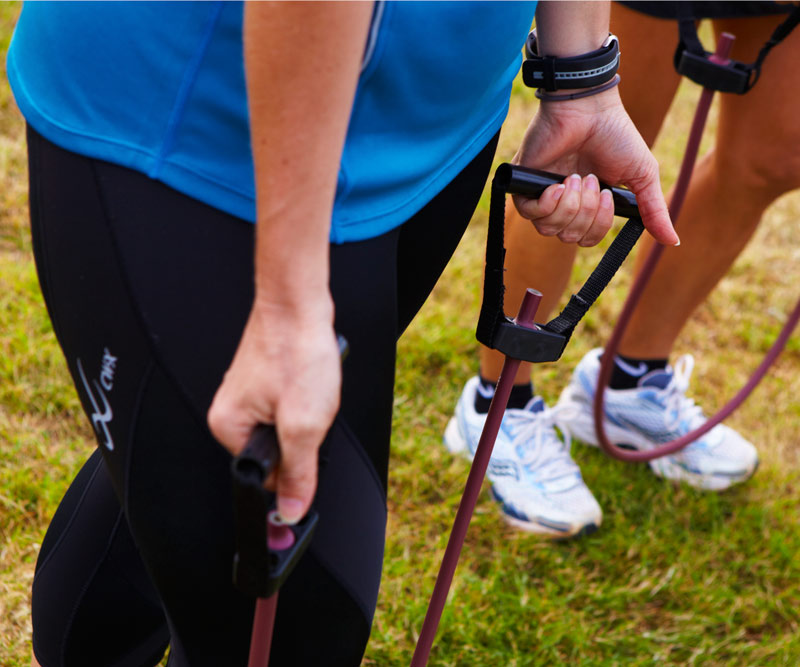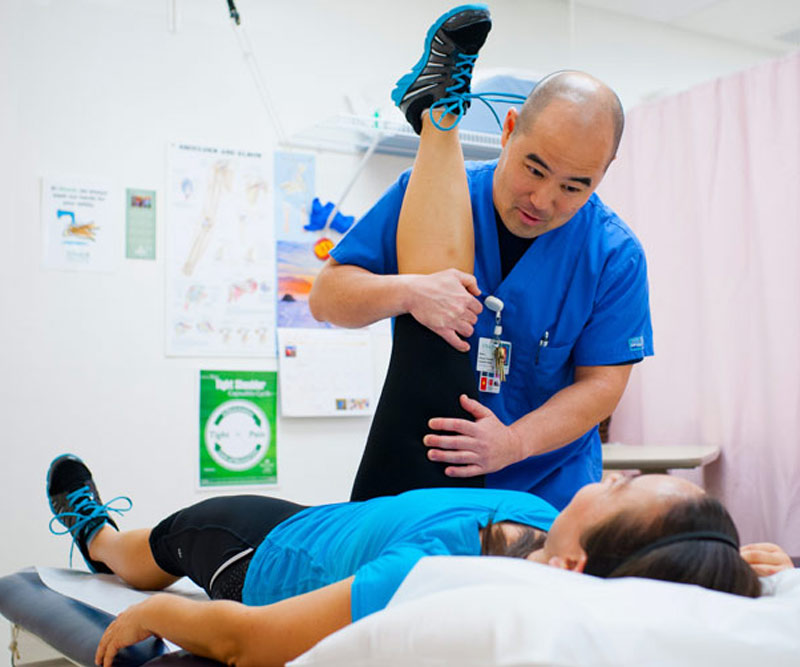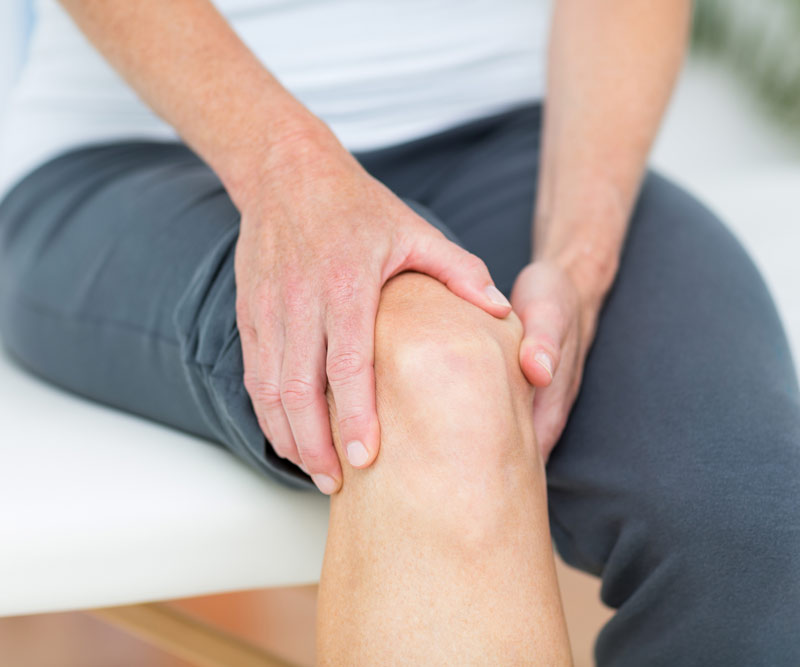
Are Complementary & Alternative Arthritis Treatments Safe?
Herbal remedies, supplements, yoga – when it comes to alternative arthritis treatments, the list can be long and confusing.
Commonly referred to as Complementary and Alternative Medicine (CAM), certain herbs and supplements have gained popularity in recent years as a reaction to an unmet need in treating osteoarthritic pain. Some patients may not respond to conservative measures or may not be candidates for surgery. Others may prefer to avoid surgeries altogether.
“Patients who try CAMs usually hope to reduce the use of prescription pain medicines and avoid invasive procedures,” says Dr. Alberto Santos-Ocampo, a rheumatologist at Straub Medical Center.
Many CAMs originate from dietary sources. For example, omega-3 fatty acids are readily available in saltwater fish, shellfish, flax seeds, chia seeds and certain nuts. Glucosamine and chondroitin are found in shellfish and cow cartilage, while turmeric is found in a root used in curry.
That being said, “natural” remedies and supplements can cause their own set of problems, such as upset stomach, diarrhea and increased bruising.
“Drug interactions can occur and render some prescription medicines either ineffective or too potent,” Santos-Ocampo says. “Herbal supplements can also cause lab abnormalities, like abnormal kidney and liver test elevations. Patients must remember to inform their doctors if they plan to try CAMs so that side effects, drug interactions and lab abnormalities can be closely monitored.”
Santos-Ocampo stresses that, to date, no CAM has been effectively shown to slow down, reverse or regrow degenerated or osteoarthritic cartilage.
“Omega-3 supplements have beneficial anti-inflammatory properties, but do not slow down cartilage degeneration,” Santos-Ocampo states, adding that omega-3s can cause increased bruising in patients, especially those already taking blood thinning medicines.
“CAMs offer an intriguing pain-relieving option for osteoarthritis pain. However, potential benefits are mostly analgesic or anti-inflammatory, and none of them alter the natural history of osteoarthritis,” Santos-Ocampo says.
Non-surgical options that Santos-Ocampo advises to patients include:
- Joint protection – Weight loss, braces, canes.
- Low-impact exercise – Tai chi, yoga, Pilates, aquatic exercises.
- Occupational and physical therapy
“Nothing beats exercise and maintaining a healthy lifestyle,” Santos-Ocampo says. ”Motion and movement are good! Exercise to maintain proper weight, muscle tone, range of motion and flexibility.”
Published on: May 10, 2017




